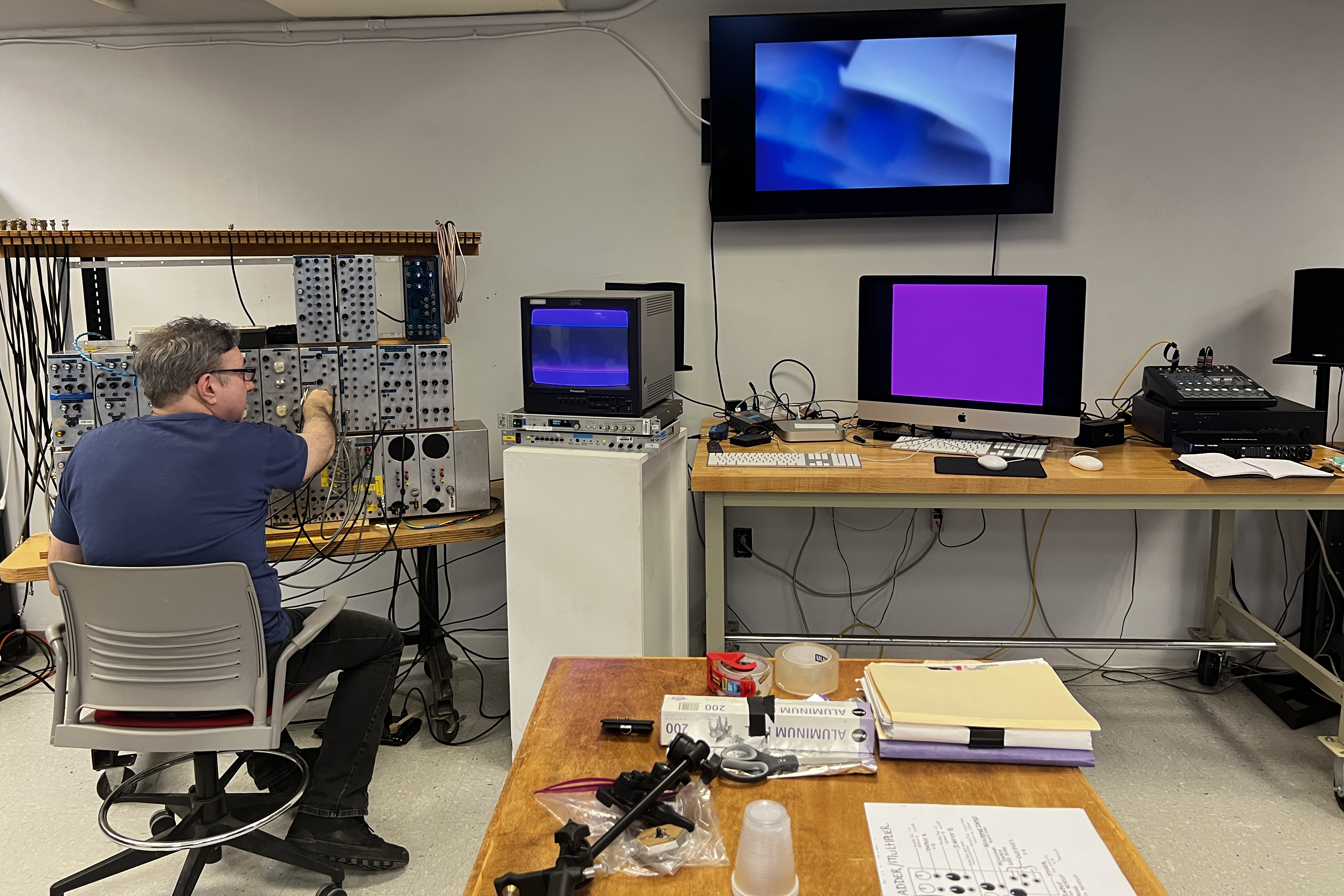April 29, 2024
I break things and play with the pieces; I realize this act is an historically nihilistic gesture, but that is not my interest: the flash of recognition—faces, words, stories, spaces—is my focus. My work challenges understanding the computer as only an instrument of valorization, seduction, or assault. The reason I began systematically corrupting and damaging media in 1990 was to create a critical expression by rupturing the illusionistic perfection of technical images, but my intentions are irrelevant to my semiotic approach: the audience will see what their hopes and fears, education and desires taught/allow them to see. The immanent give-and-take between those quotations the audience recognizes, what’s called “intertext,” and what’s produced using the medium, the “text,” connects glitches to the visionary tradition by crafting a dramatic art from perception itself—the shapes and patterns of this iconography are performers whose actions can neither be anticipated nor described in advance, but arise directly from digital technology—an unknown adventure in an unknowable space. Yet I’m not interested in technological determinism, formalist exploration, nor anything arbitrary and capricious: I’m interested in articulating basic human emotions—ecstasy, sensuality, fascination—via glitches that encourage viewers to find poetic meaning in their everyday life.
Quixote’s Windmill, Work Sample.

Michael using the Division of Expanded Media’s Sandin IP Video Synthesizer I.

Michael using the Division of Expanded Media’s Sandin IP Video Synthesizer II.
